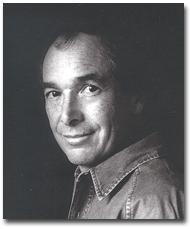Reviews: THE AIR RAID BOOK CLUB & MRS. PORTER CALLING
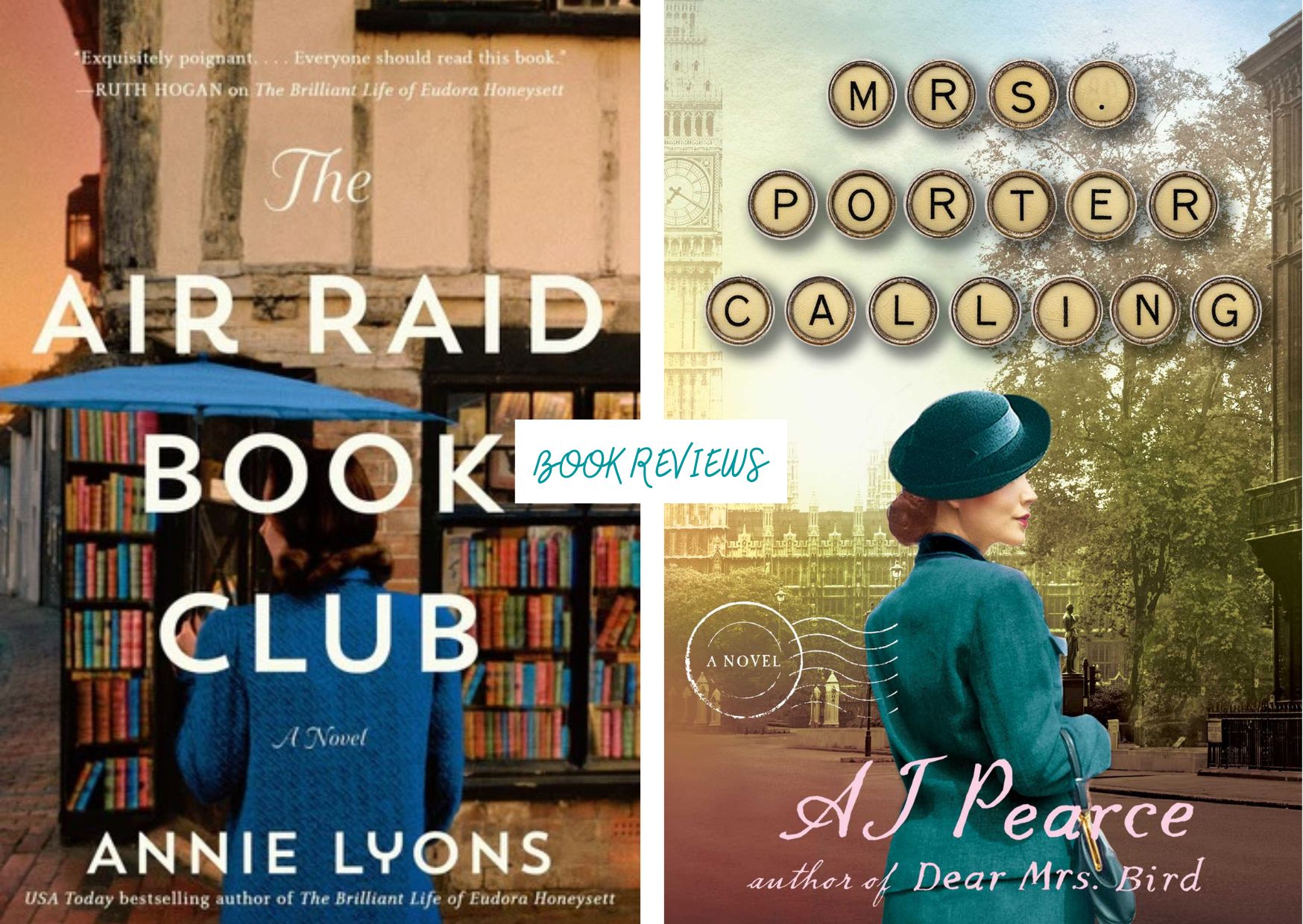
Happy Monday! I hope everyone is doing well. We’re still settling into a new year of school here so I’m posting a little later in the day than I usually do. Today I’m sharing my thoughts on two new historical fiction releases that I requested for review this summer. Both are new-to-me authors that I’ve been wanting to try so I’m excited to have finally had the chance to read them both.
 The Air Raid Book Club Goodreads
The Air Raid Book Club Goodreads
Author: Annie Lyons
Publication Date: July 11, 2023
Publisher: William Morrow
FTC Disclosure: I received a complimentary copy of this book from the publisher via Netgalley. All opinions are my own.
I’m always drawn to WWII historical fiction anyway, but I especially couldn’t resist Annie Lyons’ latest novel when I saw that it centered on a book shop and book club. Filled with both heartbreak and hope, The Air Raid Book Club was a brilliant read that I devoured in just a couple of sittings.
Set in London in 1938, the story follows Gertie Bingham. For years, Gertie ran Bingham Books with her beloved husband, Harry. When Harry unexpectedly passes away, Gertie starts to feel out of sorts in the shop, too many memories of Harry surround her. Lost in her grief, Gertie thinks about selling the shop and retiring. She puts those plans on hold, however, when she learns that Jewish children are being evacuated from Germany. Gertie agrees to take in a 15-year-old Jewish girl named Hedy Fischer.
Although they get off to a slightly rocky start, Gertie and Hedy soon become friends and a great comfort to one another. Gertie opens up to Hedy about how much she misses Harry, while Hedy is able to share her fears about the fate of the rest of her family who were unable to be evacuated from Germany. Hedy helps Gertie in the book shop and when the air raids start to increase, they create a shelter in the shop and invite everyone nearby to come to their shelter when the air raid sirens blare. They start a new book club while in the shelter so that they can pass the time and distract themselves from the danger by discussing books.
I adored everything about this book. The relationship between Gertie and Hedy was just so moving and beautiful. I adore a good found family story and the bond between these two truly warmed my heart. In addition to those beautiful found family moments, there was also so much wonderful bookish content. I thoroughly enjoyed those air raid book club meetings and loved how lively and thoughtful their discussions always were as well as the idea that books could provide these weary Londoners with an escape, however so brief, from the terrors of war. The entire cast of characters was wonderful and the writing was beautiful.
I highly recommend The Air Raid Book Club to anyone who enjoys historical fiction, books about books, found families, and especially to anyone who enjoys stories that explore how to move forward after experiencing loss and grief. 5 STARS
 Mrs. Porter Calling (The Emmy Lake Chronicles, #3) Goodreads
Mrs. Porter Calling (The Emmy Lake Chronicles, #3) Goodreads
Author: AJ Pearce
Publication Date: August 8, 2023
Publisher: Scribner
FTC Disclosure: I received a complimentary copy of this book from the publisher via Netgalley. All opinions are my own.
Mrs. Porter Calling is the third installment in The Emmy Lake Chronicles series by A.J. Pearce. Set in London during WWII, this series follows aspiring journalist, Emmy Lake, as she seeks to do her part for the war effort.
In Mrs. Porter Calling, Emmy is now in charge of writing “Yours Cheerfully” a popular advice column in Women’s Friend magazine. With each column, Emmy seeks to help her readers cope with the increasing challenges they have all faced because of the war. In fact, much of the magazine is dedicated to helping the average Londoner get by. The readers love that everyone at the magazine is so devoted to their well being, and therefore Woman’s Friend is wildly successful even in such trying times. That is, until Mrs. Porter arrives on the scene.
I have to say that I struggled a little with this book. First, I didn’t realize this was the third book in a series when I requested it, totally my fault for not paying attention, but that meant I didn’t have all the background on Emmy, her husband Charles, and the rest of her friends and coworkers. I was still easily able to follow along and get the gist of all their personalities and relationships and I enjoyed all of the series regulars, especially Emmy and her best friend Bunty, who are both just so plucky and fierce, but I felt like I would have connected even more with them if I had read the first two books.
My biggest struggle though was actually Mrs. Porter. Mrs. Porter is a narcissistic socialite who inherits the magazine. She doesn’t like anything sad or that relates to the war and so she comes in like a wrecking ball, dismantling everything good about the magazine and turning it into a ridiculous vanity project, without care or concern for what the readers want. Now I love a good villain – it’s fun to have a character that you love to hate. The problem with Mrs. Porter is that I didn’t love to hate her. I just hated her and wanted to skip over the scenes she appeared in. She was just too predictable and one dimensional. I wanted her to do something that would surprise me and she unfortunately never did.
That said, what saved the book for me was Emmy and her fellow staff members. They are appalled by Mrs. Porter and make it their mission to save their beloved magazine. I loved watching this crew hatch schemes to try to undermine Mrs. Porter. Those scenes were a lot of fun to read and I found myself cheering them on all the way. I also really enjoyed watching Emmy’s domestic life. Since her husband is away at war and several of her friends are struggling, they all decide to move in together to save on expenses and share their rations. When tragedy strikes, they all come together as a family and it was just beautiful to witness.
Even though I had some issues, I still enjoyed Mrs. Porter Calling and would definitely recommend it to historical fiction fans. I would say to read the first two books in the series before you do though for the best overall reading experience. 3.5 STARS

 The Forest of Vanishing Stars by
The Forest of Vanishing Stars by 
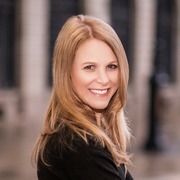
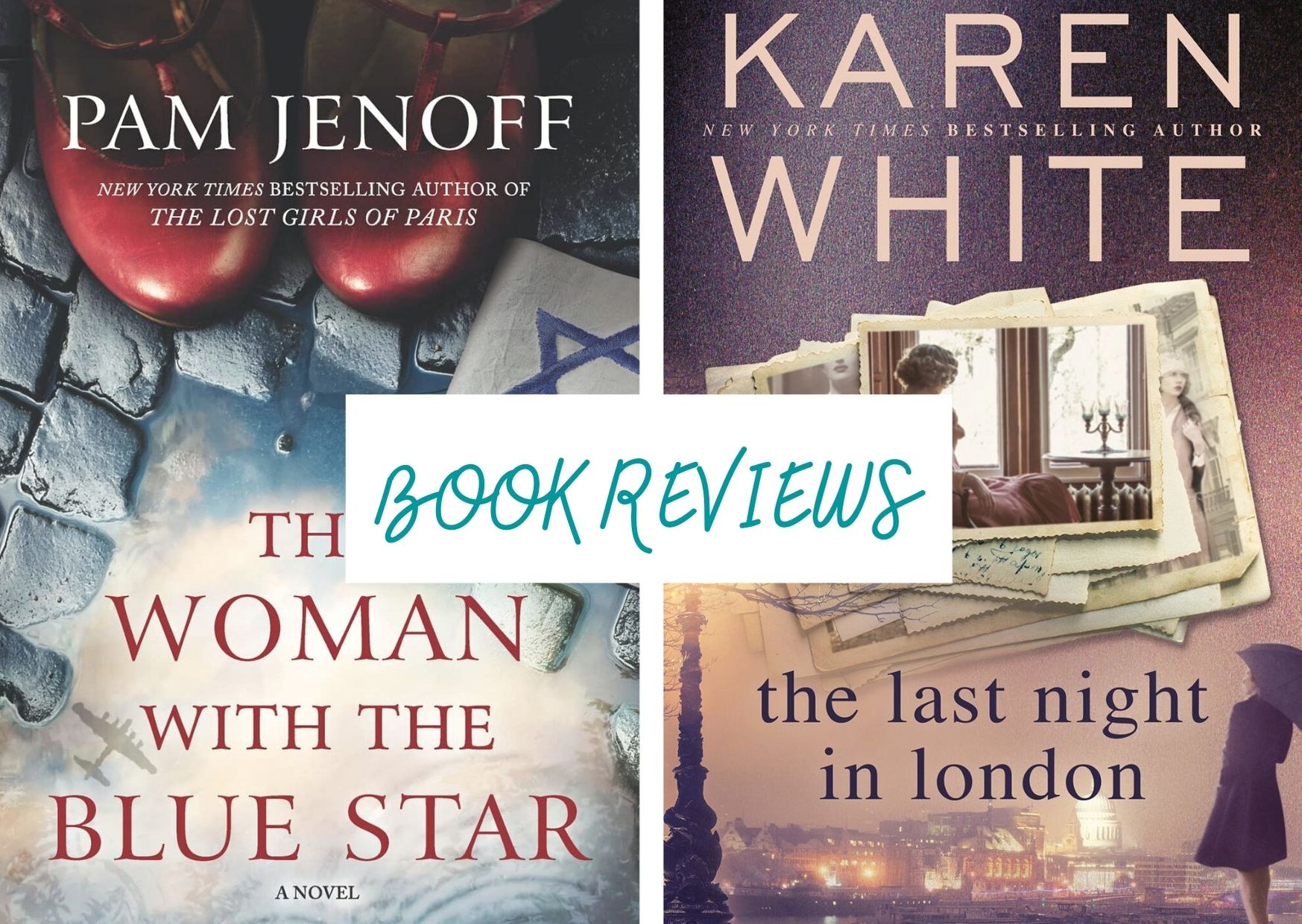
 The Woman with the Blue Star
The Woman with the Blue Star  The Last Night in London
The Last Night in London 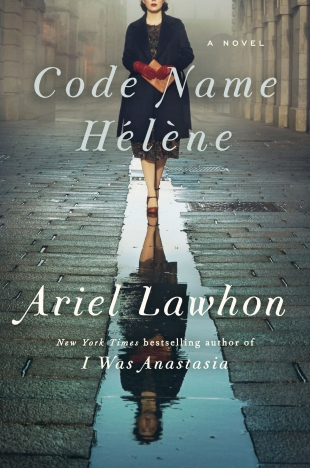 Code Name Hélène by
Code Name Hélène by 
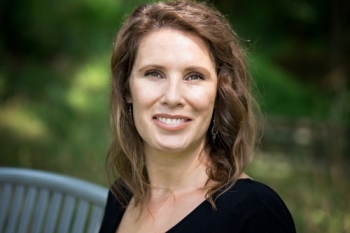
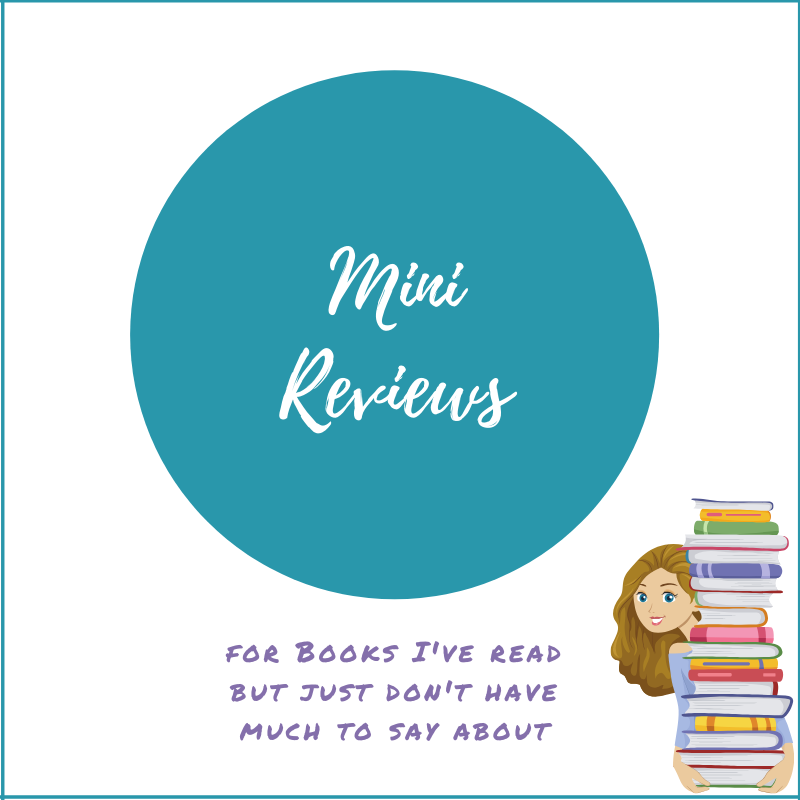
 The Whispers of War
The Whispers of War  The Vineyards of Champagne
The Vineyards of Champagne 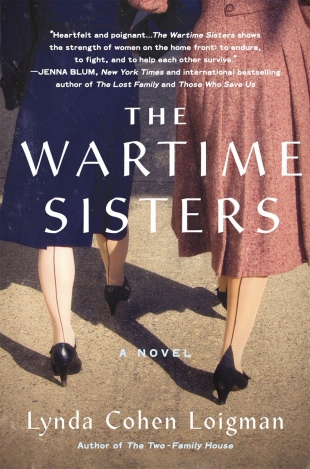 The Wartime Sisters by
The Wartime Sisters by 



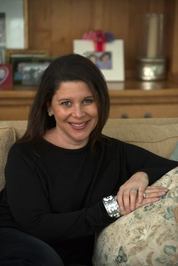
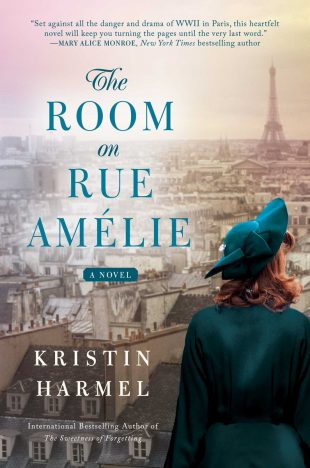 The Room on Rue Amélie by
The Room on Rue Amélie by 

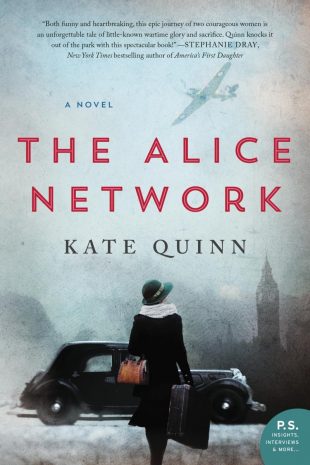 The Alice Network by
The Alice Network by 

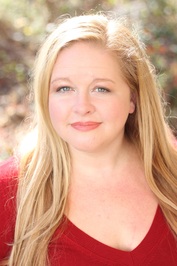
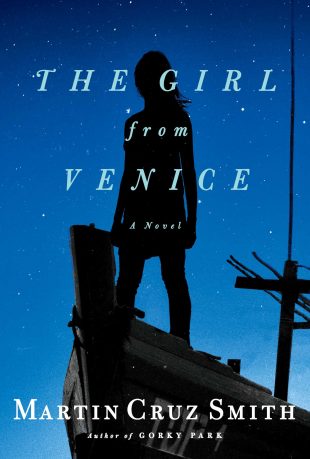 The Girl from Venice by
The Girl from Venice by 